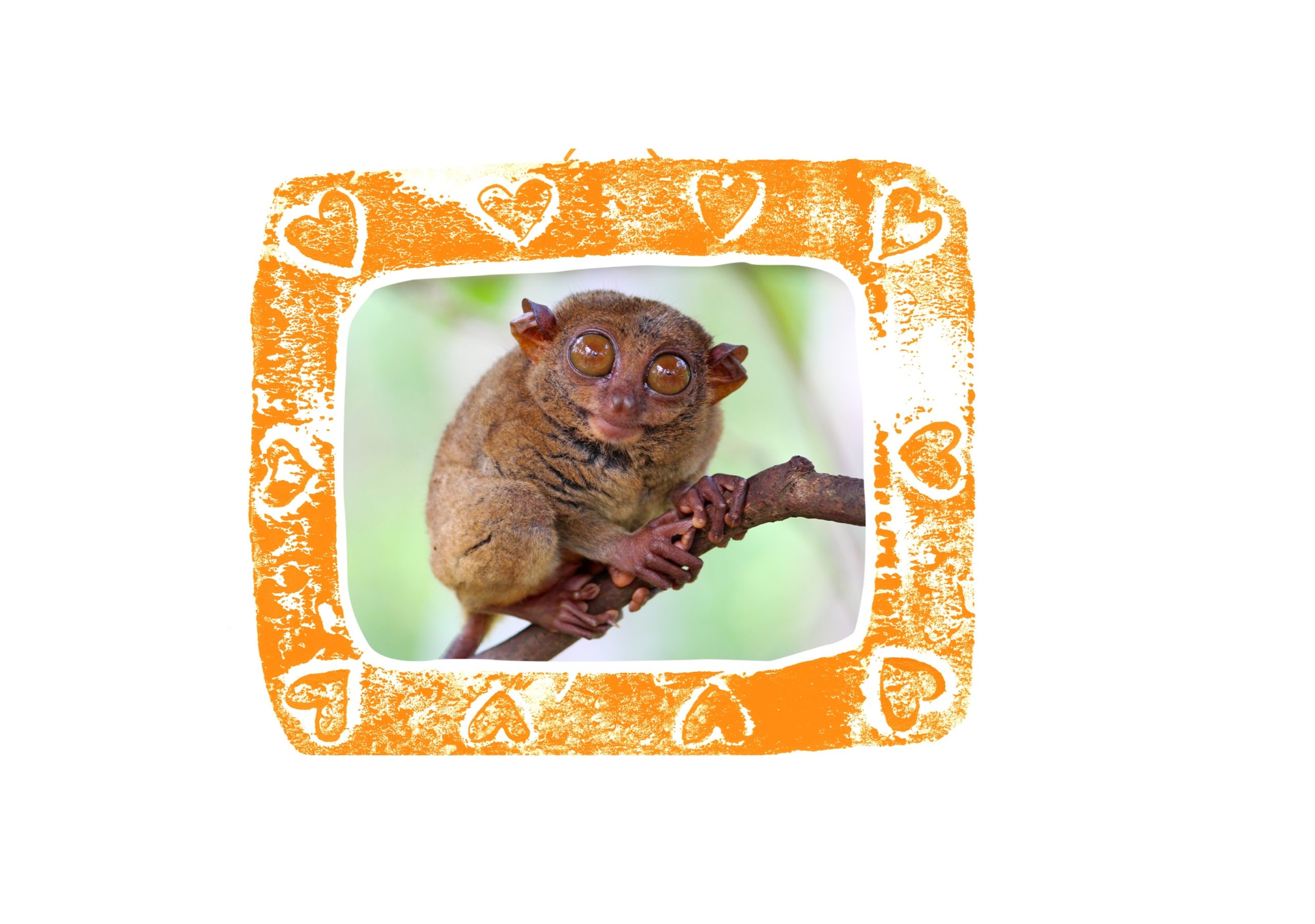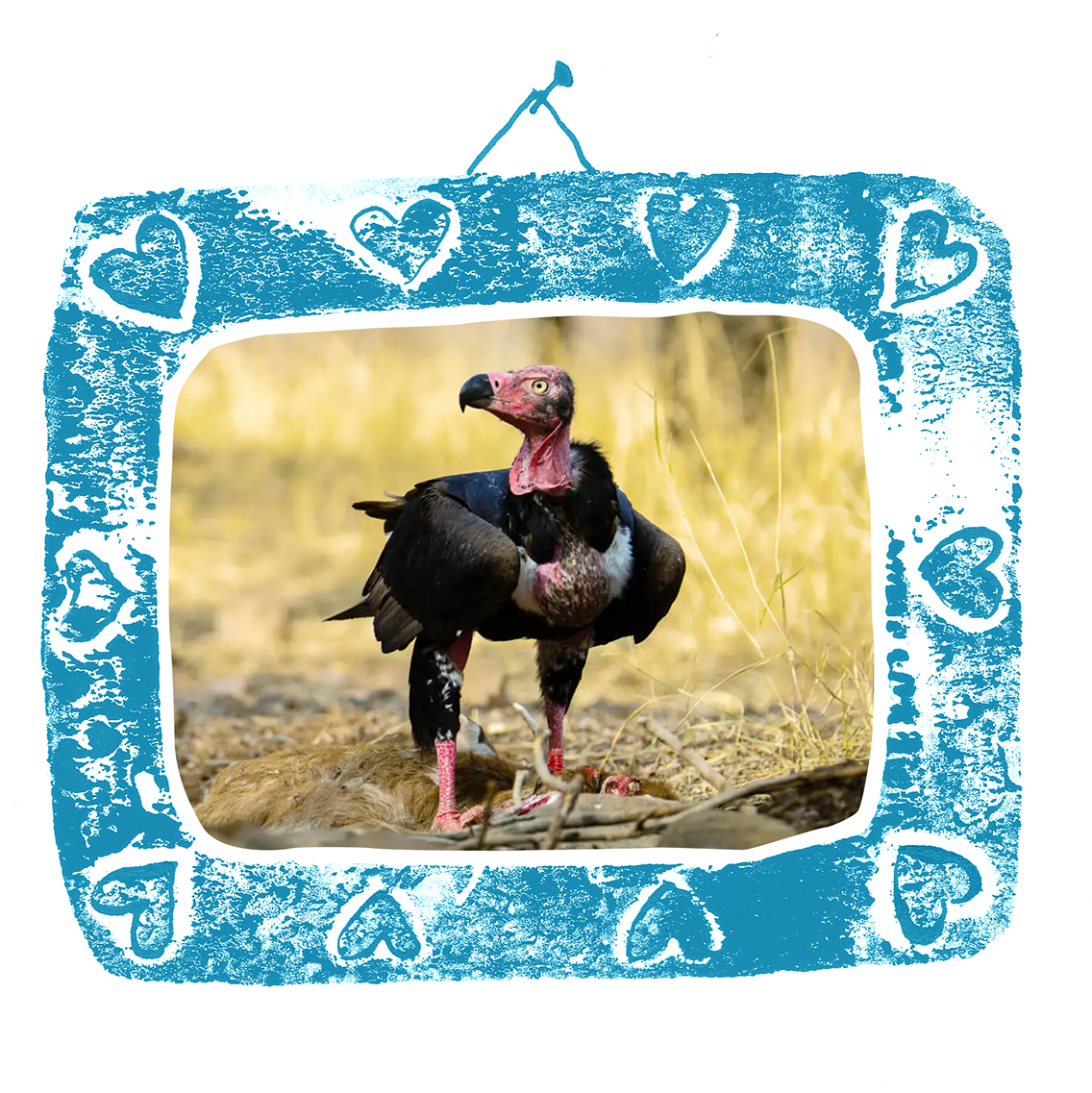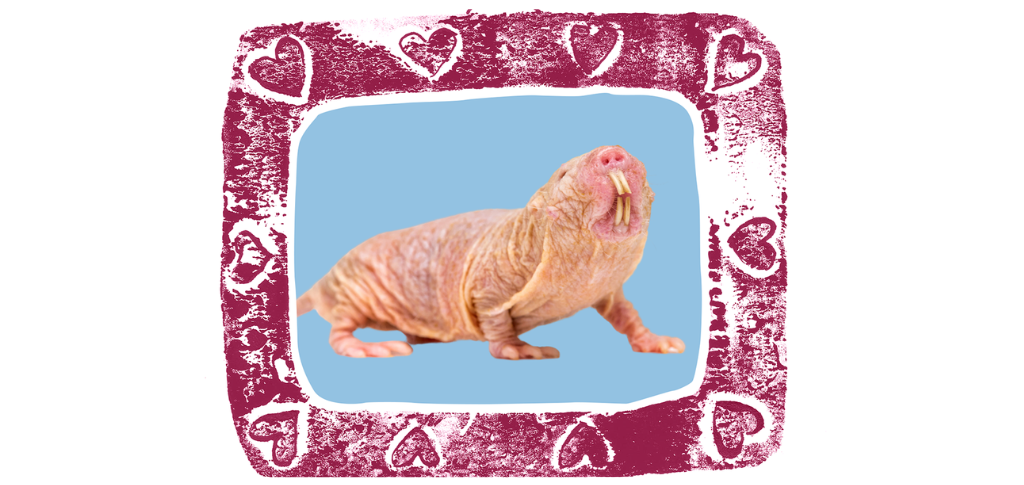Text Francisca Virtuoso
Unjustly so, says ecologist Francisca Virtuoso, who aims to correct this through her project Love the Ugly. On Resource-online, she writes a beautiful story about an ugly animal every few weeks.
Tarsier (family Tarsiidae)
An intermediate between a lemur and a monkey, the little known tarsiers are one of the oldest and smallest groups of living primates. Although once spread across the planet, they can now only be found in the islands of Southeast Asia, and are one of the world’s 25 most endangered primates.
Tarsus, tarsals, tarsiers
Have you ever heard of a tarsier? These primates are arguably one of the most weird looking in the world. Tarsiers are so tiny they fit in the palm of a human hand, but they have huge eyes, twice the size of their brain. In fact, they have the largest eyes relative to body size of any mammal species. Their eyes are so big, that they cannot move or blink them, relying on an owl-like strategy to expand their vision field, turning their heads 180 degrees to each side!
Complementary to their extraordinarily large eyes, tarsiers also have the longest limbs relative to body size of any primate. Their elongated hands and thin fingers have fleshy extremities, great for gripping as, unlike most primates, they lack opposable thumbs. Tarsiers also have really long feet, due to an extension of their tarsus bones – hence their name! Such limbs serve as an enormous advantage when it comes to jumping around, so these fluffy animals are great climbers and leapers.
Preda-primates: masters of the hunt
So, the strategy seems to be: small body, large body parts. Having such big eyes and elongated limbs surely comes in handy for their (once again, unique) hunting strategy. Tarsiers are the only exclusively carnivorous primate, meaning they do not consume plant material at all! To compensate for their small and fragile looking bodies, these animals have some original adaptations, which make them extremely successful hunters.

Tarsiers have a wide variety of foods in their menu: insects, birds, rodents, lizards, bats, frogs and even snakes. Although nocturnal hunters, their eyes are not adapted to night time, but their vision field of almost 360 degrees (remember their turning heads?) surely helps keeping track of what passes through. Additionally, they have ultrasound skills to track prey and communicate between individuals, which adds to the list of superpowers that make them great hunters.
They are truly ambush predators. This means that they will patiently and silently wait for their prey to get close enough, and then throw themselves at the distracted creatures. Thanks to their long fingers and tarsals, tarsiers can jump distances of more than 5 meters, 40 times their body length. With their huge mouths (considering the size of their body), they are able to eat prey bigger than their own bodies.
Not only a predator, they are also predated on. But even as a prey, tarsiers are quite reckless. To avoid being captured by one of their many predators (snakes, lizards, cats, birds of prey), tarsiers travel in groups and have specific vocalizations to alarm each other. When they encounter a predator on foot, they might even scare it off and attack it! Impressive, right? But there is one species so intimidating that manages to overwhelm these brave primates: Homo sapiens.
Stress-inducing humans?
Although very fluffy, these animals are really not meant to be kept in captivity. Tarsiers are extremely shy and get easily stressed when exposed to certain human activities, typical of the tourist industry. Being touched by a petting hand, certain noises, or the flash of cameras can increase their stress levels to very high levels. As a response, tarsiers might even die, by holding their breath for really long, or banging their heads to a hard surface.
Tarsiers are one of the 25 most endangered primates in the world! Most species of this family are considered endangered, and some even critically endangered. Many conservationists are making efforts to protect and safeguard the habitat of this species, with increasing research to identify the most important threats to the tarsiers. From our side, we can keep away from touristic attractions and appreciate this amazingly weird looking species from a safe distance.
Francisca Virtuoso is a PhD candidate in Wildlife Ecology and Conservation. Next time in Love the Ugly, learn about the largest (and arguably, ugliest) vulture in Africa: the lappet-faced vulture. Is there an ugly animal you would like to see in the spotlight? Send a message via @love_the_ugly.

 Photo Shutterstock | Illustration Marly Hendricks
Photo Shutterstock | Illustration Marly Hendricks 

